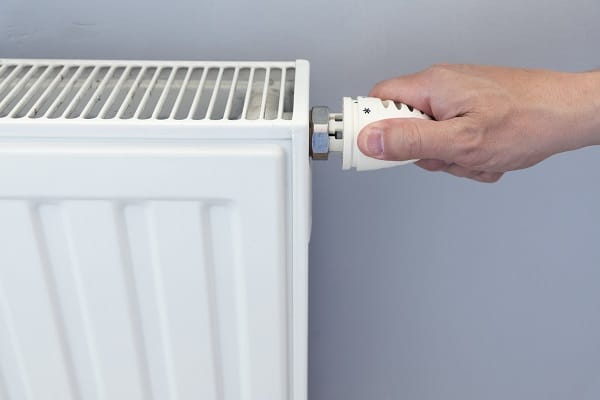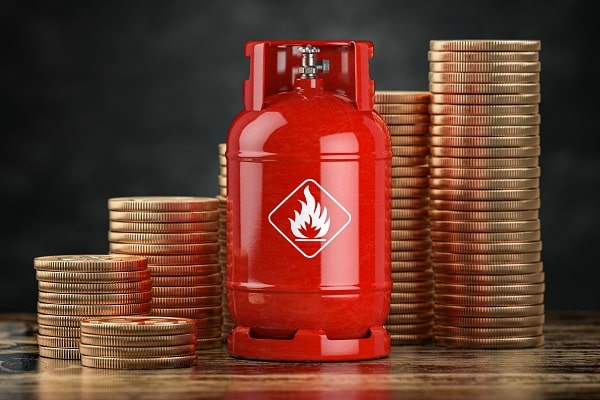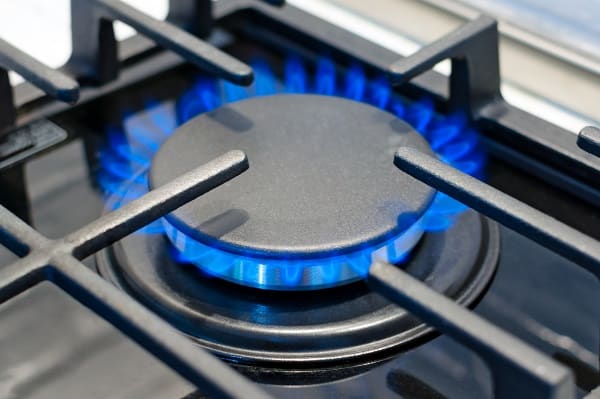Fire hazards in the home can pose a grave risk to lives and property. While most people acknowledge the potential for a home fire, many overlook common threats lying right within their living spaces. This lack of awareness can lead to negligence, further increasing the chances of a catastrophic event. Therefore, understanding the various sources of fire hazards is the first step towards creating a safer home. This article aims to shed light on the most common fire hazards in a typical household, along with practical ways to prevent them.
Contents
The Importance Of Knowing About Fire Hazards In Your Home

Fire safety knowledge is more than just a precautionary measure; it’s a necessity. Recognizing potential fire hazards can significantly lower the risk of deadly accidents, property damage, and ensure overall safety. In addition, awareness about fire hazards can aid in timely detection and quick response, potentially saving lives and limiting damage.
Moreover, being familiar with potential fire risks empowers individuals to establish and maintain a safe living environment. It encourages proactive steps towards fire safety, contributing to the well-being of not just oneself and the family, but the entire community. Ignorance is not bliss when it comes to fire safety. Instead, it is the knowledge and timely action that holds the key to preventing disaster.
Fire Hazards In The Home
In the following sections, readers will learn about various common fire hazards often found in homes. These range from cooking and electrical fires to open flames and flammable liquids. Each section will provide valuable insights into the dangers these hazards present, along with actionable advice on mitigating them.
Cooking Fires

Cooking-related fires are one of the leading causes of home fires and associated injuries. Most of these fires begin due to unattended cooking or improperly used kitchen appliances. When food is left unwatched, it can quickly overheat and catch fire. Furthermore, faulty appliances can malfunction, creating sparks that can easily ignite any nearby flammable materials.
Safety in the kitchen is paramount. It starts with never leaving cooking food unattended. Always remember, “stand by your pan.” Secondly, it’s essential to keep a fire extinguisher within reach, ideally in the kitchen, to tackle a fire incident immediately. Furthermore, regular cleaning of cooking surfaces to prevent grease buildup is a simple yet effective preventive measure.
Electrical Fires

Overloaded circuits, frayed wires, and outdated electrical systems are the primary culprits behind electrical fires in homes. Overloading power outlets can cause the electrical system to heat up and potentially start a fire. Similarly, frayed wires or faulty electrical equipment can spark and ignite flammable materials nearby.
The prevention of electrical fires necessitates regular professional inspections and maintenance. An expert can detect any potential issues, ensuring that the system is safe and up to date. Homeowners should avoid overloading outlets and instead use surge protectors to manage multiple appliances. Furthermore, old, worn-out systems should be replaced promptly to avoid the risk of an electrical fire.
Heating Equipment

Heating equipment, including space heaters, furnaces, and fireplaces, can become potential fire hazards when not used or maintained correctly. A space heater placed too close to flammable materials such as curtains or furniture can easily start a fire. Similarly, a poorly maintained furnace or a fireplace can accumulate flammable residues that can catch fire.
Keeping flammable items at a safe distance from heating equipment is essential. Experts also recommend ensuring proper installation and regular maintenance of all heating equipment. A professional inspection can help identify potential issues and ensure that the equipment is safe for use.
Smoking Indoors

Smoking indoors has long been associated with residential fires. A cigarette butt not properly extinguished or smoking in bed can quickly start a fire, often with devastating consequences. Smokers often underestimate the risks, and negligence can turn a seemingly harmless activity into a potential disaster.
Never smoke in bed or when excessively tired, as it’s easy to fall asleep while a cigarette is still burning. Always use deep and sturdy ashtrays to prevent ashes from scattering, and ensure all cigarette butts are fully extinguished before discarding. Following these simple rules can significantly reduce the risk of a fire caused by smoking.
Candles And Other Open Flames

Candles, matches, and lighters can add ambiance, aid in utility, and be part of daily rituals. However, they are also open flames and potential fire starters. Leaving candles unattended, placing them near flammable objects, or not storing matches and lighters safely can easily lead to a fire.
Safety tips include never leaving open flames unattended and always extinguishing them before leaving a room or going to sleep. Matches and lighters should be kept out of reach of children and pets and stored safely. Candles should be placed away from flammable items, on stable surfaces, and ideally within a protective holder.
Flammable Liquids

Many homes store flammable liquids like gasoline, paint thinners, and certain cleaning agents. These substances, if stored improperly, can cause a fire. A minor spark can ignite vapors from these liquids, resulting in a sudden and potentially catastrophic fire.
Flammable liquids should be stored outside the living area, such as in a garage or shed, and ideally in a well-ventilated space. They should also always be kept in their original containers, or in containers specifically designed for their storage. Such practices can significantly reduce the risk of a fire due to flammable liquids.
Faulty Or Misused Appliances

Faulty or misused appliances, such as dryers, can lead to fire incidents. For instance, a dryer might collect lint over time, which can catch fire if not cleaned regularly. Similarly, other appliances, if defective or misused, can overheat or spark, creating a fire risk.
Regular maintenance and inspection of household appliances can help identify any potential fire risks. Appliances should always be used as per the manufacturer’s instructions and unplugged when not in use. Moreover, any faulty appliances should be repaired or replaced promptly to avoid the risk of a fire.
Conclusion
In conclusion, fire safety is a crucial aspect of home management that often gets overlooked. Identifying and managing potential fire hazards can help prevent devastating incidents, contributing to the safety and well-being of all residents. It’s everyone’s responsibility to ensure their home is safe from fire hazards. So, share this knowledge with family, friends, and neighbors. Remember, a safer home contributes to a safer community.


